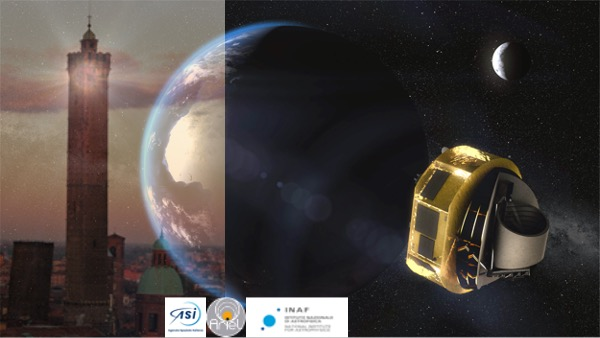Ariel, the Atmospheric Remote-sensing Infrared Exoplanet Large-survey, is the fourth medium-class mission in ESA's Cosmic Vision programme. It will address the fundamental questions on what exoplanets are made of and how planetary systems form and evolve by investigating the atmospheres of many hundreds of diverse planets orbiting different types of stars.
Ariel will observe around a thousand transiting planets, including gas giants, Neptunes, super-Earths and Earth-size planets around a range of host star types. This comprehensive approach will underpin statistical understanding generating robust conclusions which are simply not possible with smaller samples or patchy coverage of the relevant parameter space. Ariel will use transit spectroscopy in the 1.1-7.8 μm spectral range and photometry in multiple narrow bands covering the optical and near-infrared. We will focus on warm and hot planets to take advantage of their well-mixed atmospheres which should show minimal condensation and sequestration of high-Z materials and thus reveal their bulk elemental composition (especially C, O, N, S, Si). Observations of these warm/hot exoplanets will drive understanding of the early stages of planetary and atmospheric formation during the nebular phase and the following few million years. Ariel will thus provide a complete picture of the chemical nature of the exoplanets and relate this directly to the planetary parameters and the type and chemical environment of the host star.

